Epoxy Floor Over Tiles (Types & Application Guide)
Tile flooring options are rich with beautiful designs of varying textures, patterns, and colors. Yet, despite their versatility, some tiles are more fragile and susceptible to collecting dirt. They also need constant resealing for grouts. Enter the epoxy floor.

If you are planning a makeover, you might consider switching to an epoxy resin floor. They are a seamless, durable, and inexpensive flooring system that allows you to have any design you can think of. Read on to understand how this can be your best flooring option.
What Is an Epoxy Floor?
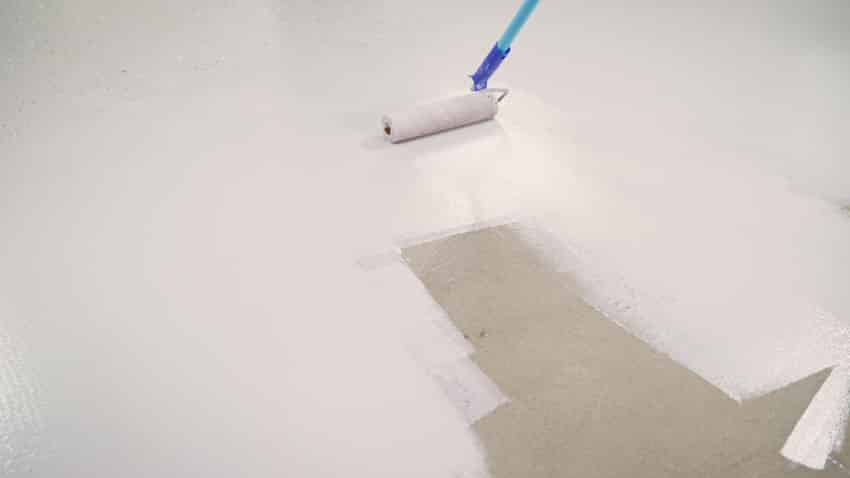
An epoxy floor is a flooring system that integrates an epoxy-resin based mixture. More commonly applied to concrete, this material is popular for its durability. Its surfaces are stain-resistant, scratch-proof, and easy to maintain.
You may have seen glossy concrete in garages and other industrial facilities. These concrete floors are prone to heavy wear and tear and are therefore fortified with an epoxy-resin coating.
While it is a go-to flooring option for commercial facilities, this polymer flooring is reaching more homes. And it’s not surprising why. Epoxy-resin coatings are versatile and long-lasting. You can apply it on any surface like wood, concrete, laminate, and metal, and expect it to last for at least 10 years.
The maintenance is easy as resin-based durfaces only need daily sweeping, spot cleaning, and light brushing when stained. On average, homeowners may expect to spend $3 to $7 per square foot for materials and installation. Read more about our guide on epoxy floors vs polished concrete here.
Can You Apply Epoxy Over Tile?

When changing your floor, it is best to take out the old material completely. Doing so gives you a cleaner blank canvas to work with. But this process can be messy and laborious.
The jury is still out on whether it is best to apply epoxy-resin over tiles. That said, it is possible. It primarily depends on the type and condition of the surface. Read more about our guide on the different tile shapes here.
When considering applying it on tiles, thorough surface preparation is required.
Check Tiles for Damages

The constant traffic that floors endure makes them susceptible to damage, so it’s crucial to check the condition of your tiles before applying. Cover holes and cracks and fix any water damage before proceeding with the application.
Moisture is your enemy, especially in damp and humid places. Trapped moisture underneath the tiles will cause them to rise and break. That is a bad look on your smooth, finished floor.
If your tiles are too old and weathered to fix, then opt to remove them instead. Remember to consult with an expert to assess whether placing a resin-based floor coating over tiles is possible.
Clean and Sand the Tiles

Make sure to clean your floor tiles from oil and grease. This is especially important for floor tiles located in the garage and the kitchen. Applying epoxy on an oily floor will result in a patchy application.
Sand the tiles and remove the topcoat. Tiles contain a lot of chemicals for aesthetics and protection. Some have a glossy finish, which makes it challenging for the mixture to bond.
Level the Surface

Tiles are put together through grouting. Unfortunately, these tile grouts present a challenge when creating a smooth and flat base for the epoxy.
In such cases, fill the grouts with an epoxy-based filler coat. Applying epoxies on an uneven and cracked surface will only magnify its flaws.
Apply Primer on the Floor
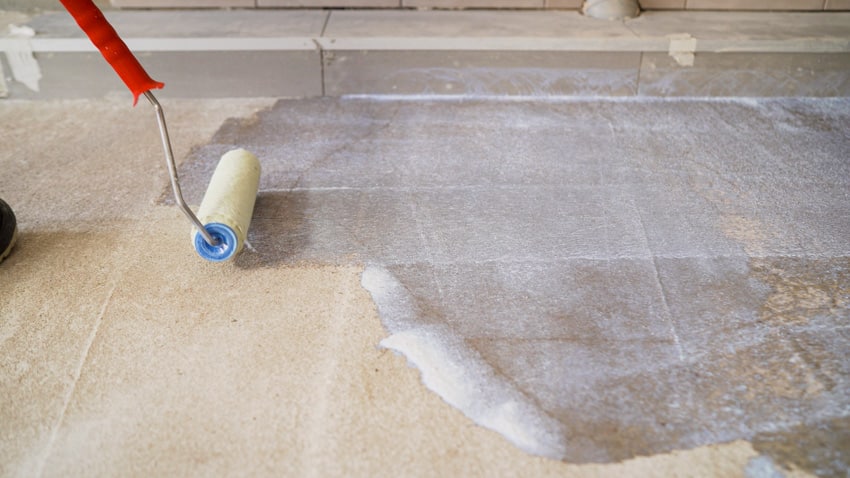
Depending on how big the floor you need to work on, priming may take hours. However, doing so before a coating application helps prolong the floor’s lifespan. It prevents the surface from breaking or chipping over time, too.
The primer penetrates the base, allowing the mixture to coat the floor easily. When choosing your primer, use a low-viscosity epoxy primer, which blocks moisture from seeping in.
Types of Epoxy Coatings to Use Over Tiles

After preparing your base, you can apply an epoxy coating. While there are many options, here is a rundown of coatings you can apply to your home tiles.
Metallic Epoxy
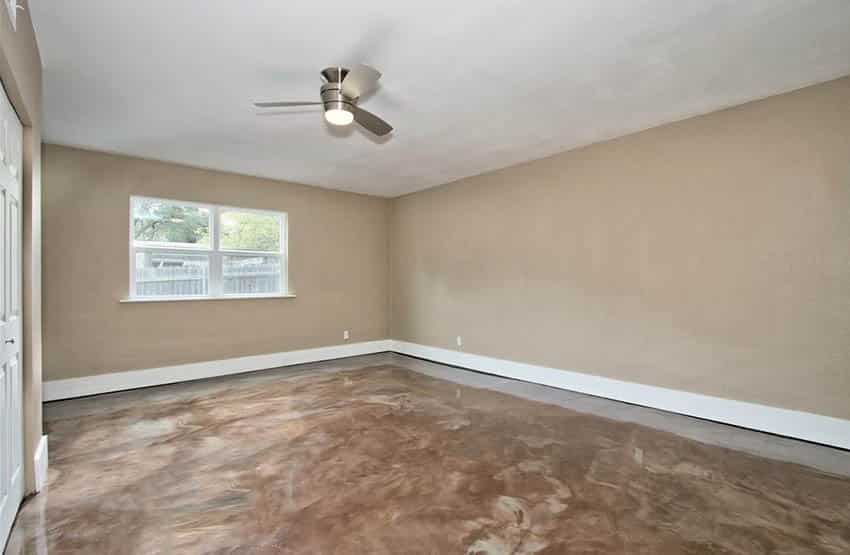
This type is a combination of clear and metallic additives. Unlike plain epoxies, metallic epoxy comes in beautiful swirls and unique designs. These designs can even mimic rare marbles and other natural stones.
Bring out your creative side and choose from hundreds of pigments to combine. The three-dimensional effect provides for a mesmerizing floor design. Metallic coatings can cost between $4.50 and $15 per square foot.
Epoxy Terrazzo
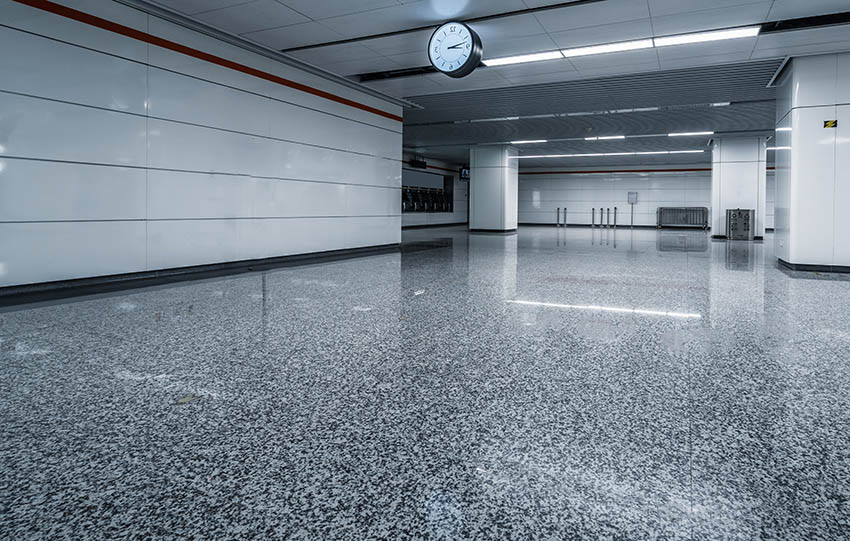
Terrazzo is a cement-based luxurious material used for centuries. Epoxy terrazzo, an alternative to cement terrazzo, made its way to the market in the 1970s. Since then, it has gained popularity due to its aesthetic appeal and durability at a fraction of the price.
Epoxy-resin terrazzo is available in vibrant color options and aggregates. Unlike cement terrazzo, it cannot tolerate UV rays as it is thin-set. This makes it an ideal coat for indoors and gives a sophisticated look to your home without breaking the bank, costing about $15 per square foot to install.
Epoxy Flake Coating
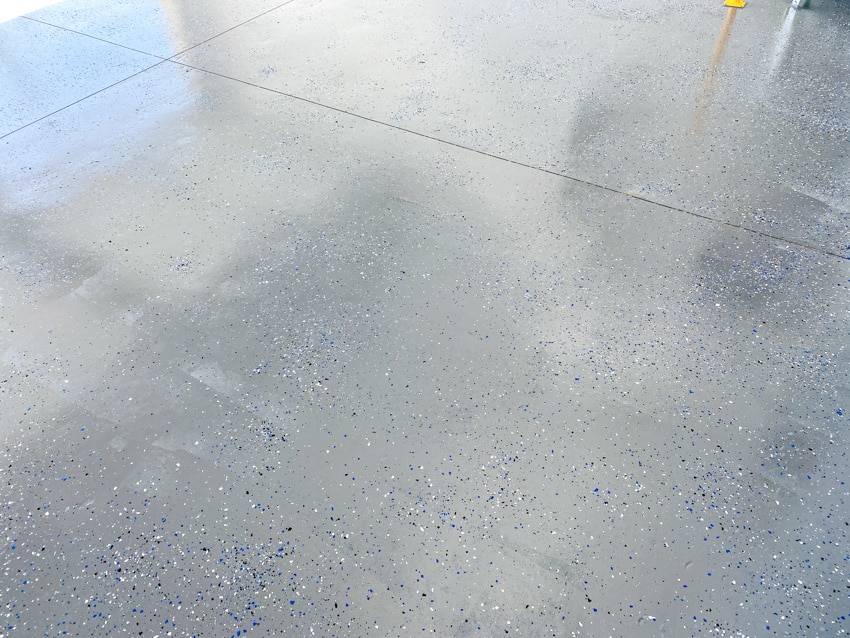
As the name suggests, epoxy-flake coating combines decorative flakes and clear resin. This combination results in colorful patterns, textures, and designs that resemble granite and quartz. Aside from its appealing look, the epoxy-flake coating provides a non-slip solution.
You can purchase flakes to be mixed with the solution for $6 to $16 per pound. Read more about our guide on epoxy floors here.
Can You Epoxy Over Shower Floor Tiles?

Epoxy-resin floors are a great option when looking for a water-resistant material. It does well in humid and damp places like restrooms. But, since it is also non-porous, one main concern is how slippery the surface can get when wet.
The good news is that these floor coatings are customizable to fit your needs. One method to avoid accidents is to mix anti-slip additives.
You can buy additives like fine silica sand and aluminum oxide, although you should be cautious when using these as they can be harsh on bare skin. Mixing polymer grit with the coating is your best option for the bathroom. Not all shower floor tiles are compatible with epoxies. Again, it depends on the type and condition of your floor.
Since shower floors always get wet, moisture may form underneath the tiles. Ultimately, it’s best to let a flooring specialist inspect your floor first and decide if an epoxy floor would be the way to go. See more related content in our article about mosaic tiles for shower floor on this page.

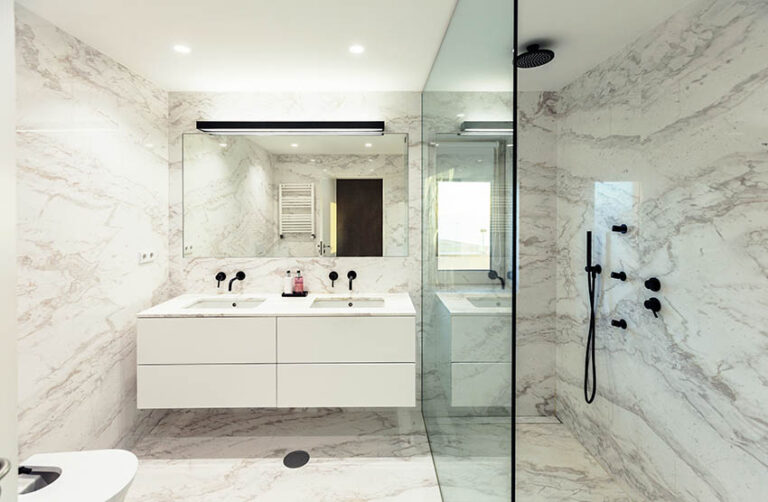
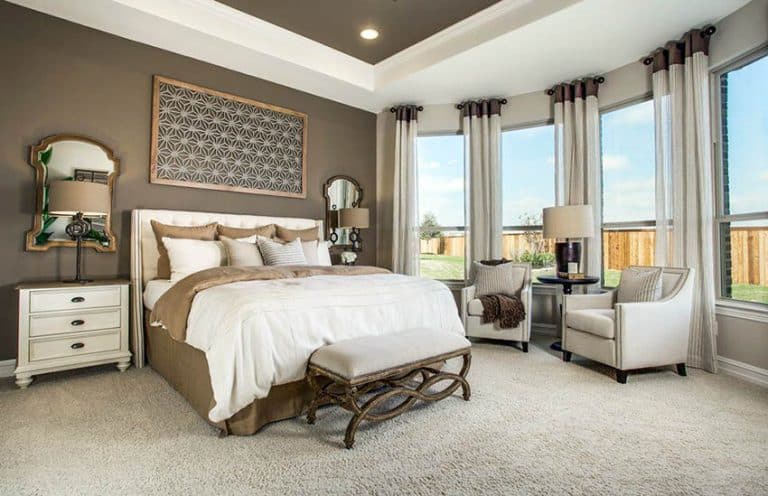
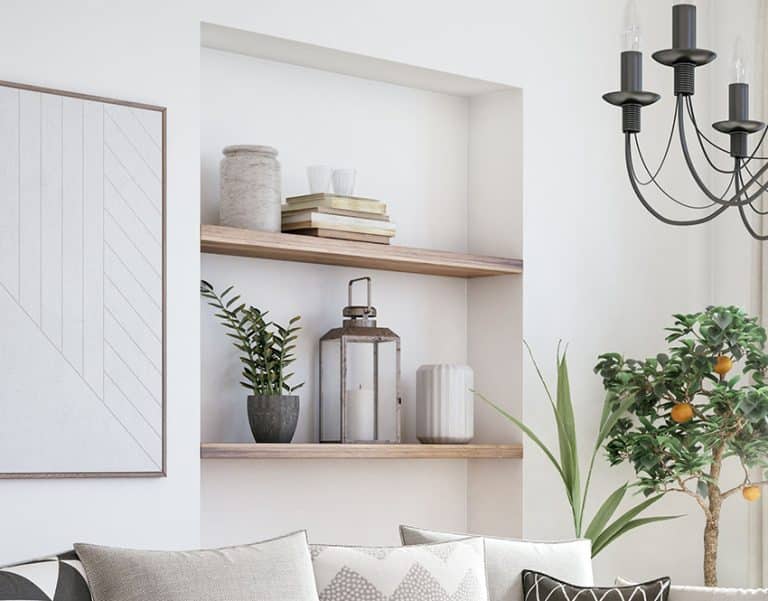
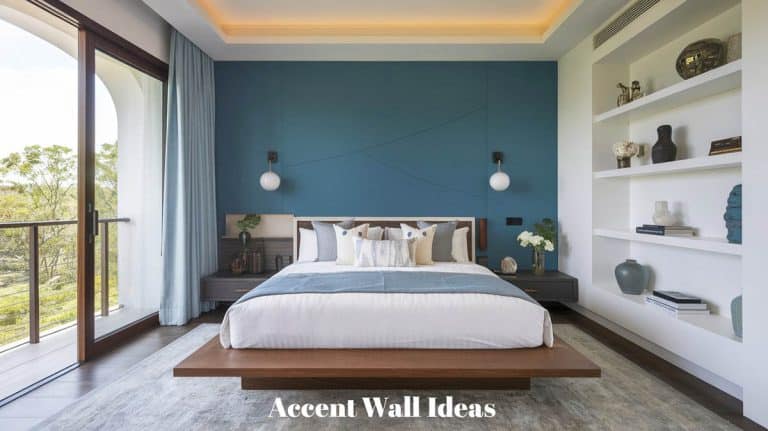


We have a new installed pebble stone floor. It is uneven in areas. Can we pour epoxy over the surface?
Do we need to seal the grouted floor before any procedure? Can you recommend product and how to do? Thank you
I have the same question as Patricia. It’d be great if some who knows could leave a reply😁
Is it possible to cover existing Saltillo tile finished with urethane with grout and surface chips? The problem isn’t removing the Saltillo it’s that the underlying concrete slab isn’t level because the center of one rooms floor is higher than the edges. Thanks
I have about 160 Sq. Ft. Saltillo Tile Floor. Half is new and other half is old. Can’t match the color. Can it be Epoxy coated on top so it looks all same color? Any other inexpensive solution…other than replacing the old half.